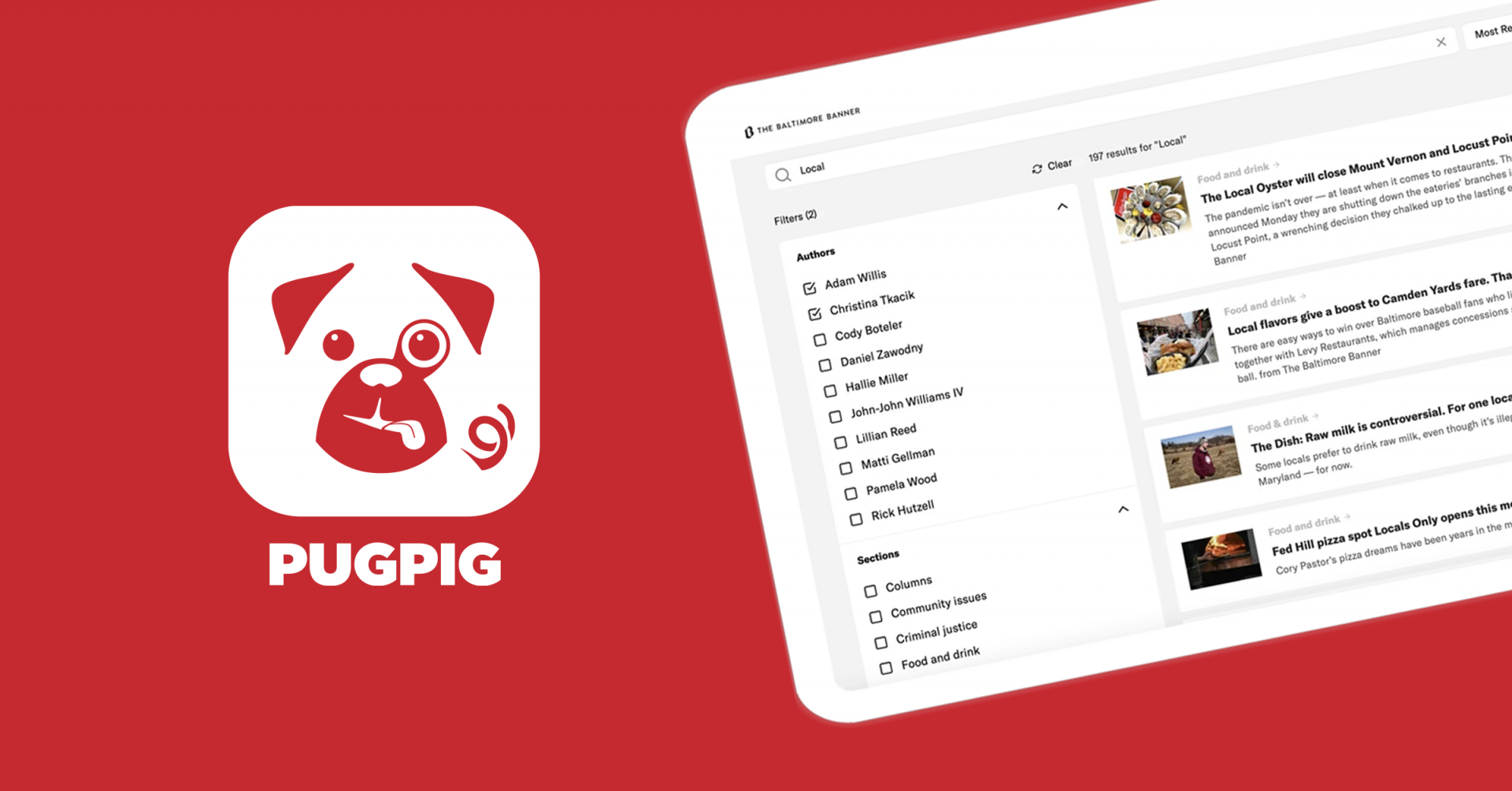
News
News
Let’s take a look at the key takeaways from our 2023 Customer Summit. You’ll also find recordings of each session within the article.
17th November 2023
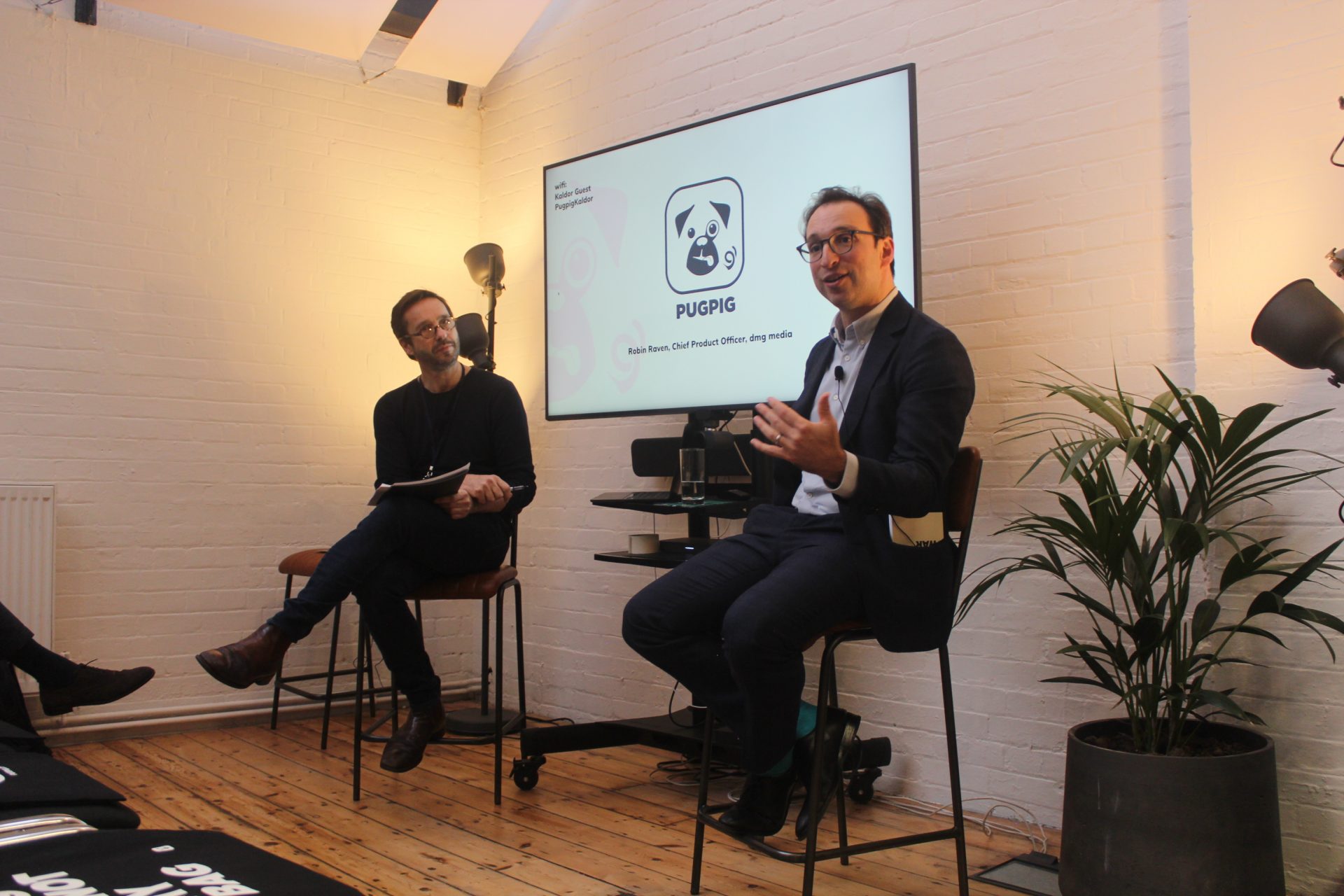
Last Thursday 9th November, we welcomed lots of our amazing customers to Pugpig HQ for our annual customer summit. The day was filled with insightful stories and strategies from Robin Raven, CPO at dmg media, Hearst’s Head of Transformation Maria Bissendorf and some of our very own Team Pugpig.
We kicked off the day with a company update and overview of The Media Collective’s take on Retention Economics from Jonny, followed by a look at the future of publishing tech from Pugpig CTO Jon.
We then delved into how to harness the power of data and heard all about dmg media’s app and product strategy. During the last two sessions of the day, we looked ahead at our product roadmap and learnt all about how Hearst are using apps as part of their membership proposition.
We’ve rounded up the key takeaways from across all sessions, although we’d encourage you to watch the recorded sessions in full – you’ll find all the videos in this post.
We kicked off the afternoon with a look back over the last twelve months or so, and we’ve certainly been busy! We’ve signed up some amazing new brands including The Boston Globe, City AM, MIT Technology Review, The Baltimore Banner, Euromoney, CNN Business Arabic and Hello! Magazine. This is super exciting, not just because they’re great names but also because a lot of these are pushing our products forward. Oh, and we also bought our first company which allowed us to build out Pugpig Archive.
We then looked at The Media Collective’s take on Retention Economics, which talks about stepping away from churn management and thinking more about relationship management. In the report, there are tools, strategies and tactics to apply at every stage of your customer relationship – you can watch Jonny’s overview below or download the Retention Economics report to read it in full.
During Jon’s talk about the future of publishing tech, he spoke about how data is becoming increasingly important for publishers, especially in the terms of generative AI and providing benchmarks. He also touched on the importance of putting enough time and thought into your cybersecurity.
Pugpig’s Insights Specialist, Lois, delved into one of our newest tools – Mixpanel. She explained how we’re using data and insight to drive the changes we make to our product roadmap and how we’re making it as easy as possible for our customers to understand and really make the most out of it. She also touched on two of our newest product offerings – Pugpig Basic Insights and Pugpig Advanced Insights. Watch her session below to find out the details.
dmg media’s Robin Raven shared his expertise around using apps to drive forward and deepen your relationship with your customer. He explained that while your website acts as your shop window and is key for discoverability, he explains how holding back on your app install call to action can be beneficial and highlights the importance of getting it right the first time round.
Robin spoke about how apps can be used to move your user from the free trial stage to that step up to becoming a paid subscriber. He talked about the huge opportunity apps have for building that valuable habit amongst your users once the free trial is over, which he still sees as part of the acquisition journey.
Whether your paywall metering model is three or twenty free articles a month, it should be crystal clear to your users exactly where they are in the journey and what it is they’re getting. He argues that, although it may sound trite, publishers still have quite a way to go on this.
Robin took us back to his time working at The Economist, and explained how audio played a huge role in almost doubling their customer stick rates. He then touched on the importance of getting people to engage with audio at the right time in their subscription for maximum impact.
We asked all customers to rank our three product goals we’re focusing on over the next twelve months. A delightful, intuitive reading experience that builds affinity between the user and publisher was ranked most important, followed by a flexible platform that can be easily tailored to fit our customers’ diverse content and commercial strategies, and empowers them to measure and perfect those models. In third place was a seamless workflow that allows our customers to organise, edit and distribute their content reliably and easily.
We then put our roadmap features up for ranking, and timeline layout editor was voted as the feature most customers would be interested in. After this came the ability to follow authors and topics, two level top navigation, storefront marketing messaging, and then metering via the Piano SDK.
Hearst’s Maria Bissendorf walked us through how Hearst are using apps as part of their membership proposition strategy, and stressed that big publishers with multiple titles shouldn’t rely on the same approach across brands. Watch her full talk below to learn more about how 15 of Hearst’s brands are differing their approaches to subscriptions and app design.

News
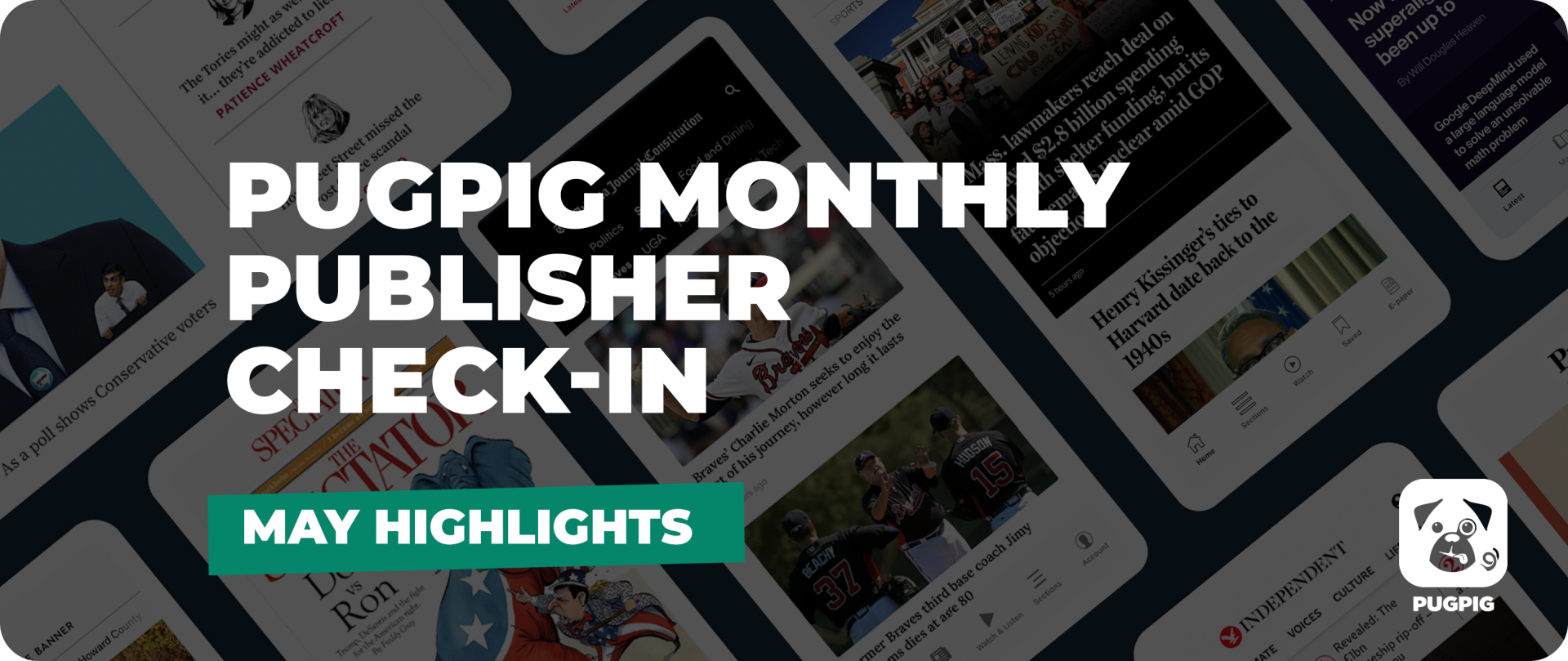
News
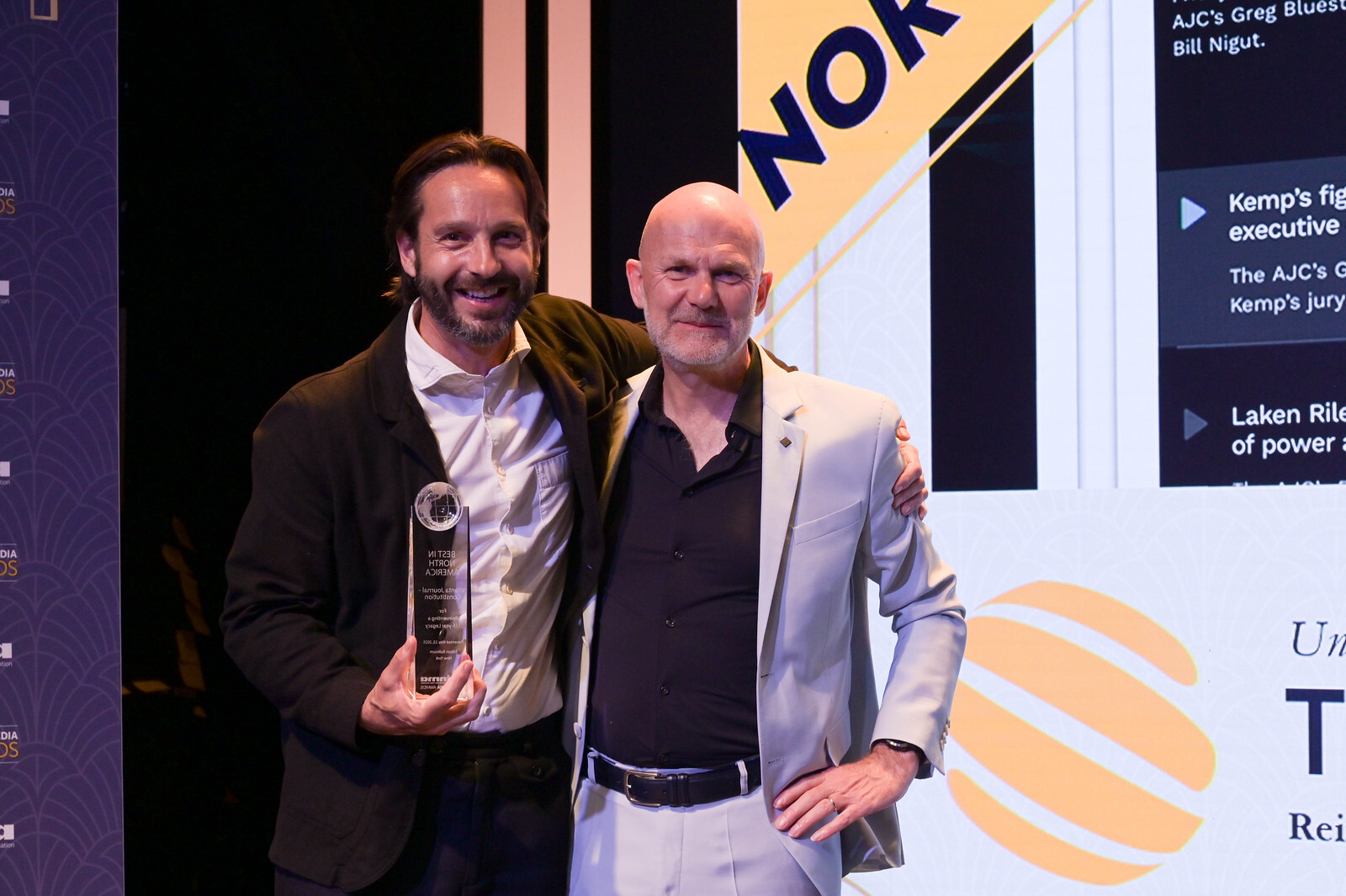
News
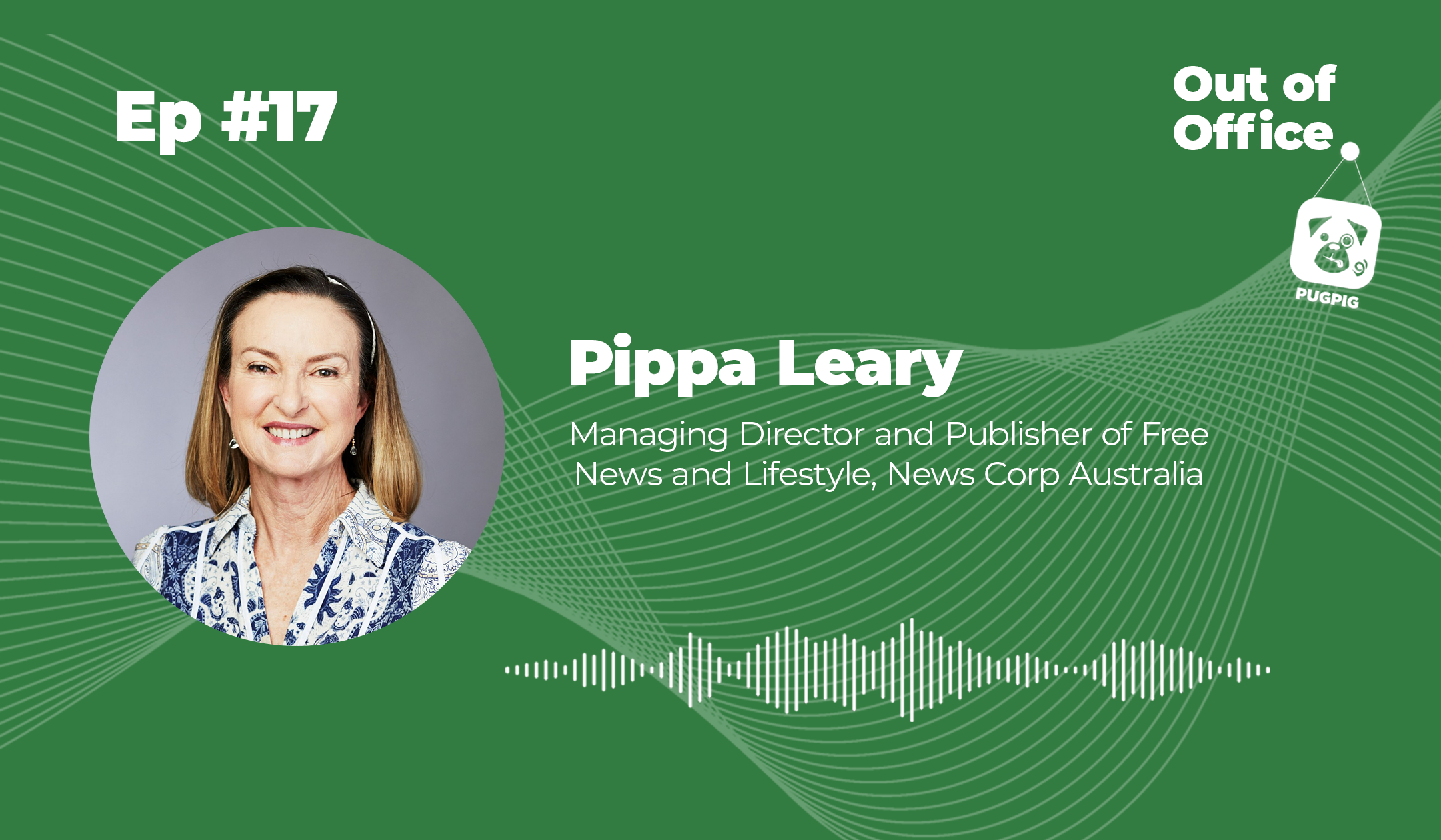
News
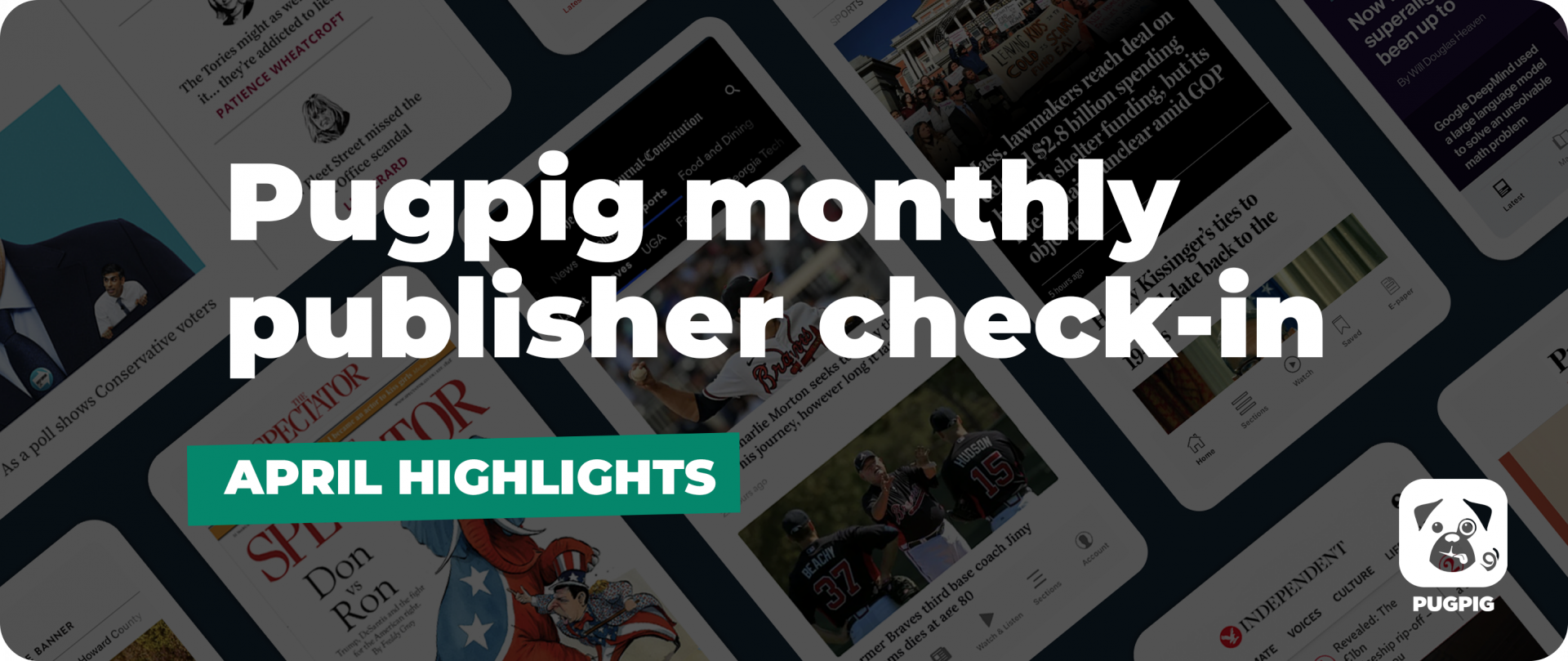
News